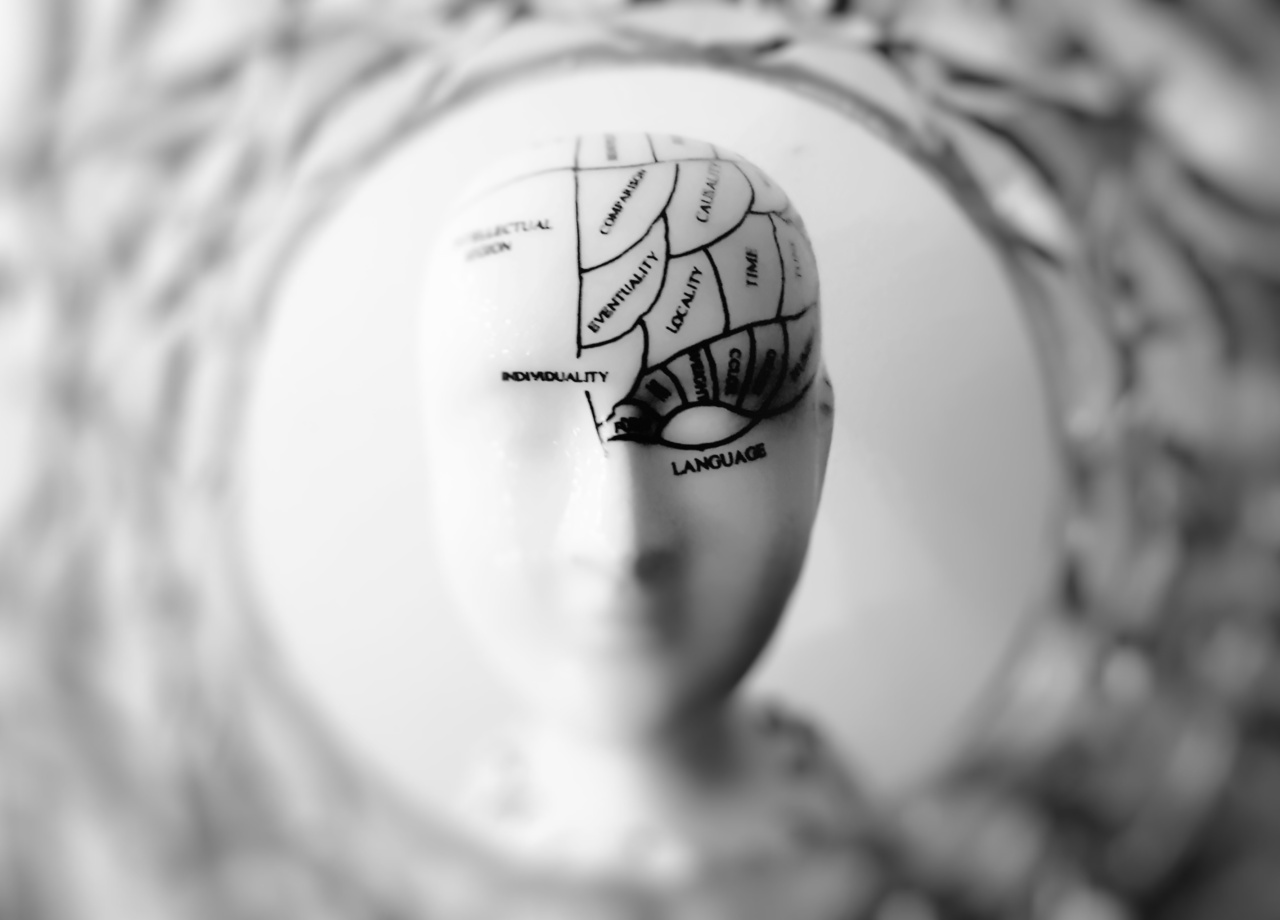Polydactyly is a congenital condition in which a person is born with any number of extra fingers or toes. It is a relatively rare condition, occurring in approximately 1 in 500 to 1 in 1,000 live births.
There are several types of polydactyly, including preaxial polydactyly, in which the extra digit is on the thumb side of the hand or foot, and postaxial polydactyly, in which the extra digit is on the little finger side of the hand or foot.
Causes of Polydactyly
Polydactyly is usually caused by a genetic mutation that affects the development of the limbs in the womb. The mutation can be inherited from one or both parents, or it can occur spontaneously during fetal development.
There are several genes that have been associated with polydactyly, including the GLI3 gene, which is responsible for the development of the fingers and toes.
Types of Polydactyly
There are several types of polydactyly, each with its own characteristics and implications. The most common types of polydactyly include:.
Preaxial Polydactyly
Preaxial polydactyly is the most common type of polydactyly. It involves the development of an extra digit on the thumb side of the hand or foot. In most cases, the extra digit is not fully formed and may be just a small, fleshy bump.
However, in some cases, the extra digit can be fully formed and functional, with bones, joints, and muscles.
Postaxial Polydactyly
Postaxial polydactyly involves the development of an extra digit on the little finger side of the hand or foot. This type of polydactyly is less common than preaxial polydactyly, and the extra digit is usually less developed and less functional.
Central Polydactyly
Central polydactyly involves the development of an extra digit in the middle of the hand or foot. This type of polydactyly is rare, and the extra digit is usually poorly developed and non-functional.
Impact of Polydactyly on Brain Development
While polydactyly is a physical condition, recent research has suggested that it may also have an impact on brain development.
Specifically, studies have shown that people with polydactyly may have greater overall brain connectivity than people without the condition.
One study, published in the journal Cerebral Cortex, examined the brains of people with and without polydactyly using magnetic resonance imaging (MRI).
The researchers found that the brains of people with polydactyly had greater overall connectivity, particularly in areas of the brain involved in motor control and tactile sensation. This increased connectivity may be due to the brain’s ability to adapt to the presence of an extra digit, as well as the increased demands on the brain’s neural networks to control the extra digit.
Another study, published in Behavioural Brain Research, found that people with polydactyly had better fine motor control than people without the condition.
The researchers theorized that this increased motor control may be due to the extra digit providing additional sensory feedback to the brain, allowing for more precise movement of the fingers.
Treatment for Polydactyly
The treatment for polydactyly will depend on the type and severity of the condition. In some cases, no treatment is necessary, particularly if the extra digit is small and non-functional.
However, if the extra digit is large and functional, surgery may be necessary to remove it.
During surgery, the extra digit will be carefully removed, taking care to preserve as much of the surrounding tissue and nerves as possible.
After surgery, physical therapy may be necessary to help the patient regain full function of their hand or foot.
Conclusion
Polydactyly is a relatively rare condition that can have a significant impact on a person’s life. While it is primarily a physical condition, recent research has suggested that it may also have implications for brain development.
Studies have shown that people with polydactyly may have greater overall brain connectivity and better fine motor control than people without the condition. Treatment for polydactyly will depend on the type and severity of the condition, and may involve surgery and physical therapy.






























